Tactile membrane switches have become an essential component of modern electronics, with applications ranging from consumer electronics to medical equipment and industrial control systems. These switches are popular due to their cost-effectiveness, ease of use, and versatility. In this article, we will discuss some considerations regarding tactile membrane switches, the different components of tactile membrane switches, their variations, benefits, and the various applications they serve. Read More…
JN White is an ISO 9001:2015 and ITAR-certified manufacturer of membrane switches, graphic overlays, and custom labels. We nimbly handle projects big and small and have the uncommon ability to translate what our customers need into high-quality, high-precision outcomes.
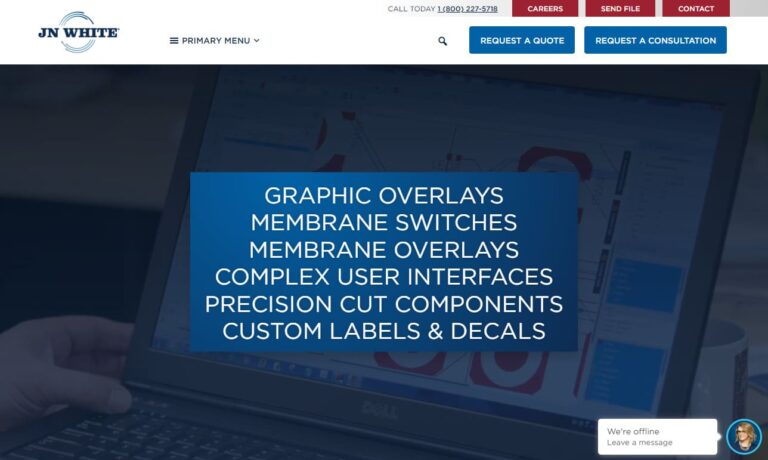
ECI Technologies is a leading designer and manufacturer of innovative membrane switches, graphic overlays and electronic interfaces. We can produce tactile and non-tactile switches and keypads, as well as add features such as backlighting and environmental protection. We also offer quick-turn prototype design and production. Since 1991, we have been serving industries such as industrial, medical, ...
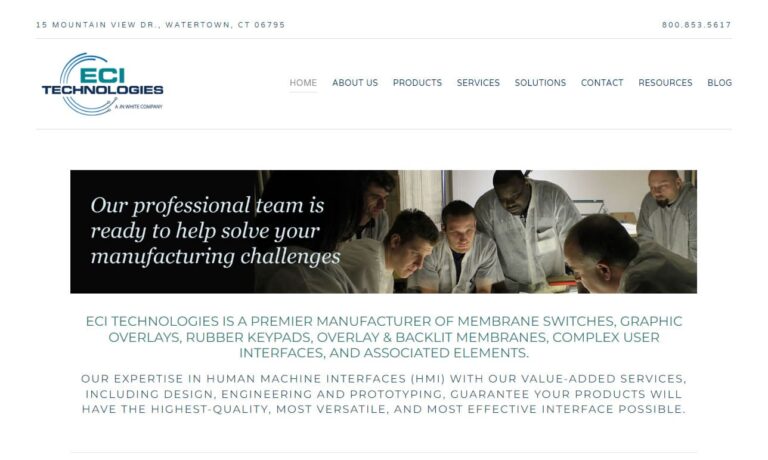
With over 30 years of experience, ALMAX is a leading manufacturer of membrane switch assemblies, printed/flexible electronics, and interactive technologies. Our engineering and manufacturing capabilities are implemented and trusted around the globe, and we're proud to offer our clients a complete range of services that meet the highest standards of quality and reliability.
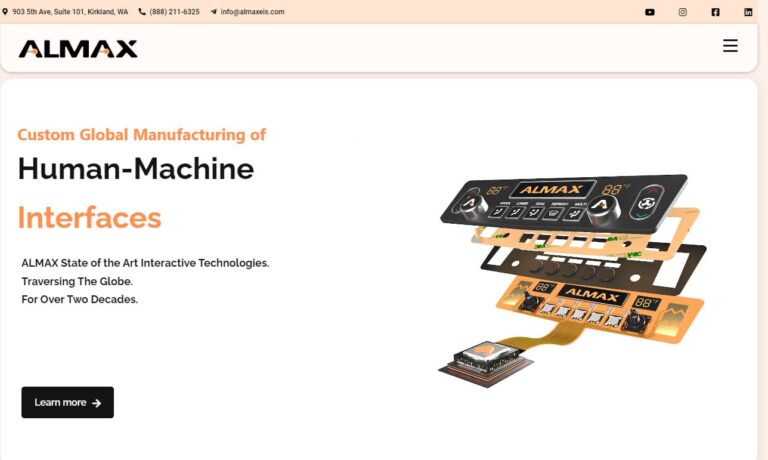
Established in 1982, we at CSI Keyboards, Inc. have been at the forefront of the industry, dedicated to crafting exceptional membrane keyboards, membrane switches, and keypads. Since our journey began, we have honed our expertise to become a leading force in the field. Our skilled team of professionals is passionate about pushing the boundaries of membrane switch technology, consistently...
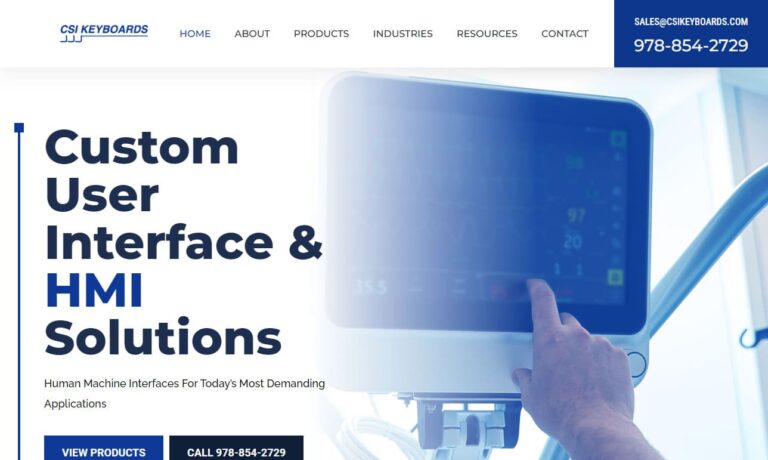
At New England Keyboard, we manufacture tactile switches and a variety of other products to help our customers in industries and companies around the world. We operate with integrity and the latest technologies so that our customers can succeed at all times. We believe in creating products that we can be proud of, and that you can too. Contact New England Keyboard today to learn more about us!
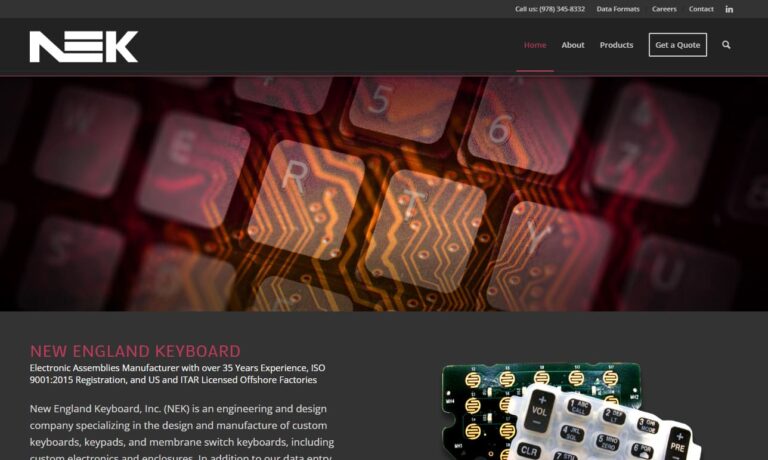
Tapecon works with product teams to improve market competitiveness through outsourced manufacturing solutions with expertise in specialized printing and converting, printed flexible electronics, and contract manufacturing of disposable devices for medical and industrial markets. Established in 1919, Tapecon is a 5 generation, family owned contract manufacturer based in Buffalo, New York.
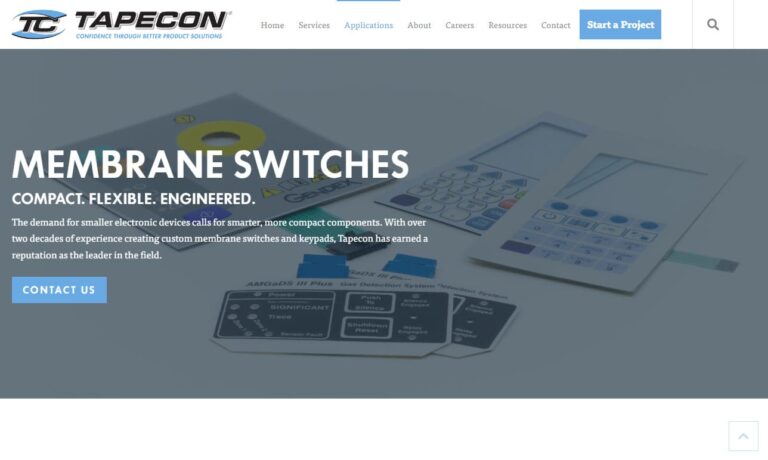
More Tactile Switch Manufacturers
Components of Tactile Membrane Switches
Tactile membrane switches consist of several components that work together to create a tactile response. These components are their particular function are explained below.
Graphic Overlay
This is the top layer of the tactile membrane switch that contains the symbols, letters, or graphics that indicate the function of each button. The graphic overlay is typically made of polyester or polycarbonate material and can be customized with a variety of printing methods.
Spacer
This layer is typically made of polyester or polyethylene material and is used to separate the graphic overlay from the top circuit layer. The spacer layer can be customized to provide different levels of tactile feedback and actuation force.
Top Circuit Layer
This layer contains the conductive traces that connect the button contacts on the graphic overlay to the switch contacts on the bottom circuit layer. The top circuit layer is typically made of polyester or polycarbonate material and can be customized with a variety of printing methods.
Tactile Dome
This is the layer that provides the tactile feedback when the button is pressed. The tactile dome is typically made of stainless steel or polyester material and is dome-shaped to provide a spring-like response. The tactile dome can be customized to provide different levels of tactile feedback and actuation force.
Bottom Circuit Layer
This layer contains the switch contacts that are activated when the button is pressed. The bottom circuit layer is typically made of polyester material and can be customized with a variety of printing methods.
Adhesive
This layer is used to attach the tactile membrane switch to the surface it is being mounted on. The adhesive layer is typically made of acrylic or silicone material and can be customized to provide different levels of adhesion strength.
Overall, each component of a tactile membrane switch plays a critical role in its function and durability. Customizing these components to meet the specific requirements of an application is essential to ensuring the optimal performance of the tactile membrane switch.
Variations of Tactile Membrane Switches
There are several variations of tactile membrane switches, each with its own specific design, functionality, and components used. Single-sided switches are the most common type and consist of a single layer of material with a tactile dome in the center. Double-sided switches have tactile domes on both sides of the spacer, providing a more robust tactile response.. Illuminated switches have LED lights that illuminate when the switch is activated.
Considerations Regarding Tactile Membrane Switches
There are a few issues to discuss regarding tactile membrane switches. One issue is their durability; the tactile domes can wear out over time, reducing their lifespan. Additionally, they are not as reliable as mechanical switches, which can be a problem in some applications.
Benefits of Tactile Membrane Switches
Despite their limitations, tactile membrane switches have many benefits. They are cost-effective, making them a popular choice for mass-produced products. They are also easy to use and can be designed to fit a wide range of applications. Tactile membrane switches are also customizable, with options for different shapes, sizes, and colors.
Applications of Tactile Membrane Switches
Tactile membrane switches have many applications across a variety of industries, including:
Consumer Electronics
Tactile membrane switches are widely used in consumer electronics, such as remote controls, gaming consoles, and mobile devices. They are preferred for their ease of use, durability, and cost-effectiveness.
Medical Devices
Tactile membrane switches are used in a variety of medical devices, including patient monitors, infusion pumps, and surgical instruments. They are preferred for their reliability, ease of cleaning, and resistance to harsh chemicals.
Industrial Control Panels
Tactile membrane switches are used in industrial control panels for their ability to withstand harsh environments, including extreme temperatures, moisture, and chemicals. They are preferred for their durability, reliability, and ease of use.
Automotive Industry
Tactile membrane switches are used in the automotive industry for a variety of applications, including dashboard controls, door locks, and window controls. They are preferred for their resistance to moisture, heat, and chemicals, as well as their low cost and ease of customization.
Aerospace and Defense
Tactile membrane switches are used in the aerospace and defense industries for applications such as cockpit controls, missile launch systems, and radar systems. They are preferred for their durability, reliability, and ability to withstand extreme temperatures and vibration.
Appliances
Tactile membrane switches are used in a variety of home appliances, such as washing machines, refrigerators, and ovens. They are preferred for their ease of use, durability, and resistance to moisture and heat.
POS Terminals
Tactile membrane switches are used in point-of-sale (POS) terminals for their ease of use, reliability, and low cost. They are preferred for their ability to withstand frequent use and abuse, as well as their ease of customization.
Choosing the Proper Tactile Membrane Switch Supplier
To ensure you have the most productive outcome when purchasing tactile membrane switches from a tactile membrane switch supplier, it is important to compare several companies using our directory of tactile membrane switch suppliers. Each tactile membrane switch supplier has a business profile page highlighting their areas of experience and capabilities, along with a contact form to directly communicate with the supplier for more information or to request a quote. Review each tactile membrane switch business website using our patented website previewer to quickly learn what each company specializes in. Then, use our simple RFQ form to contact multiple tactile membrane switch companies with the same form.

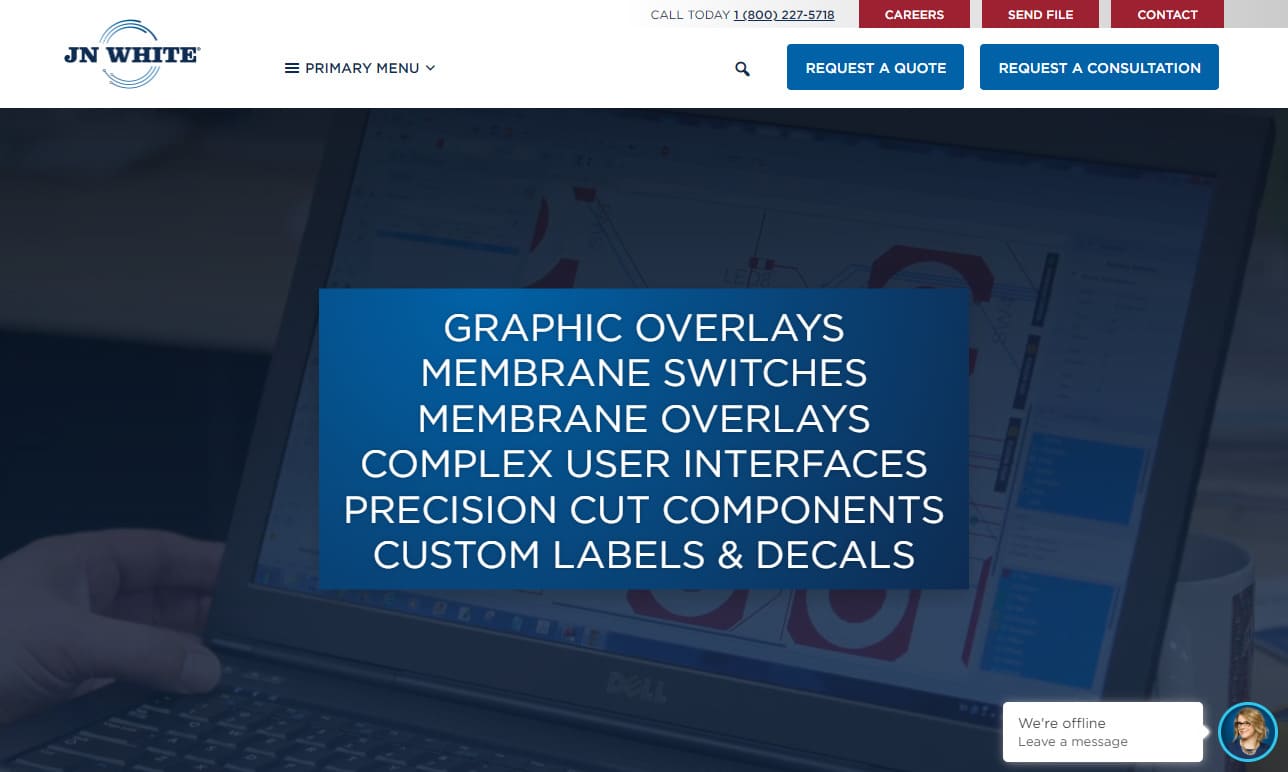
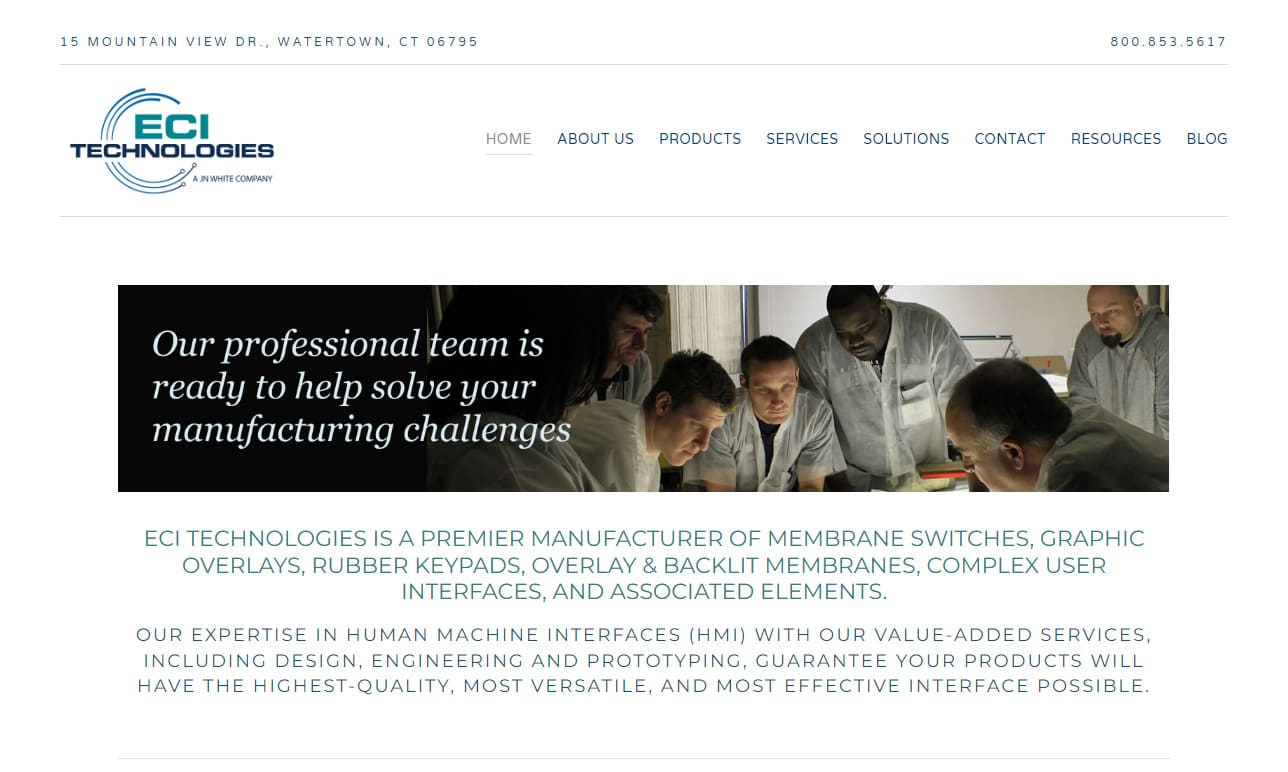
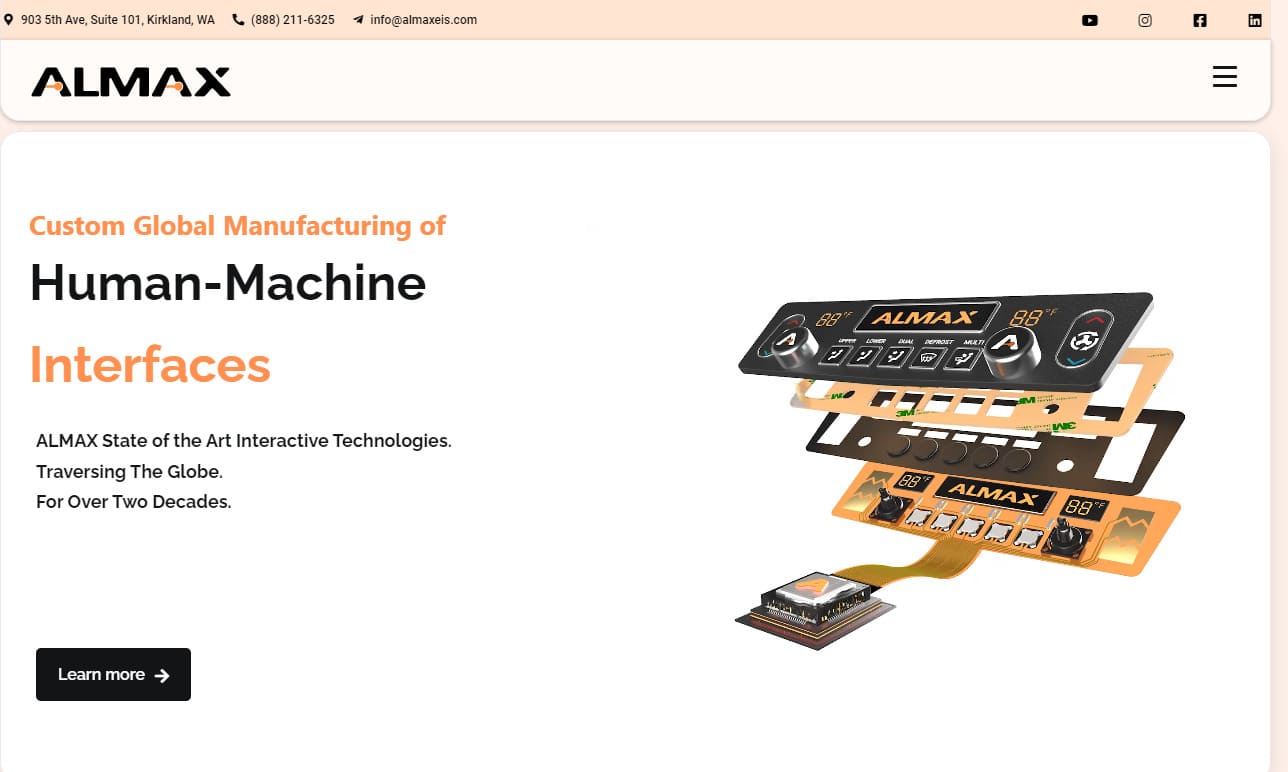
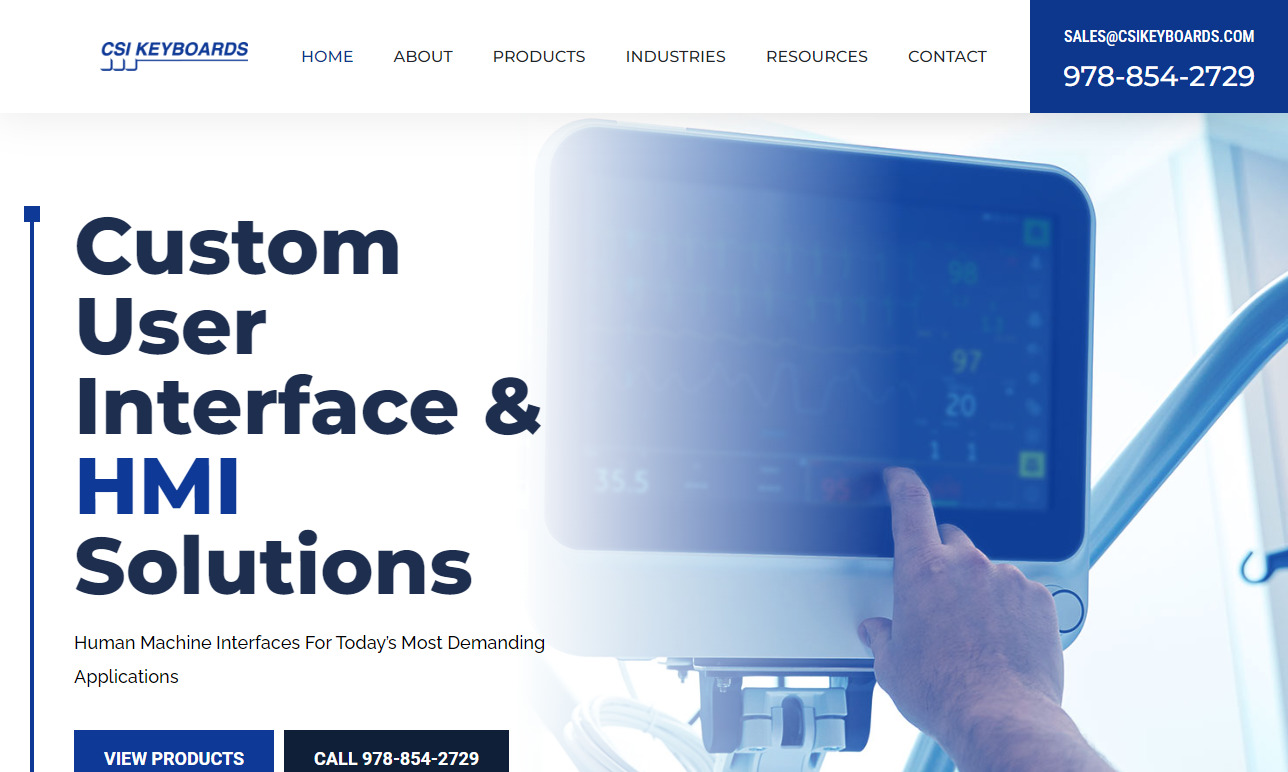


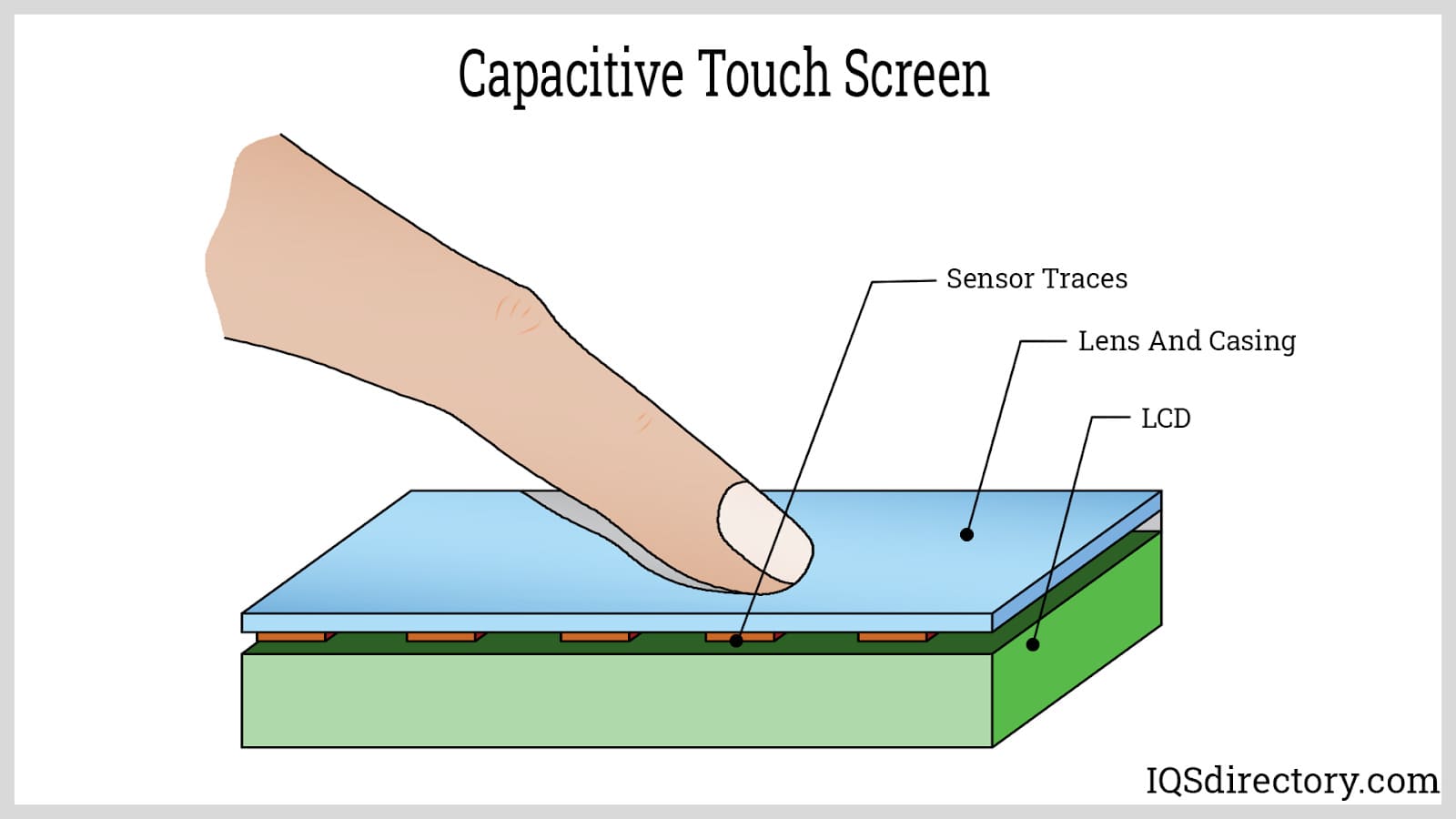
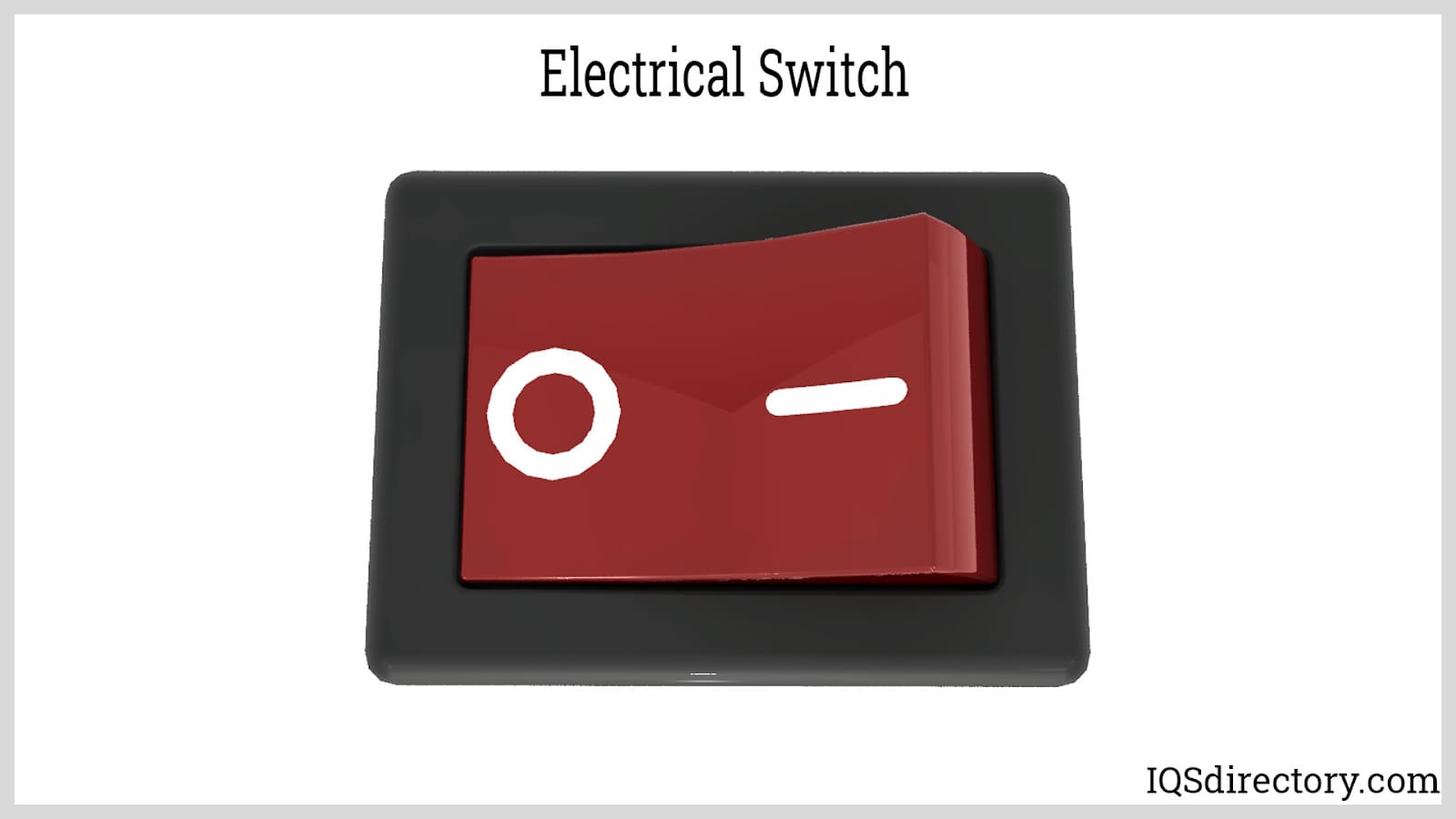
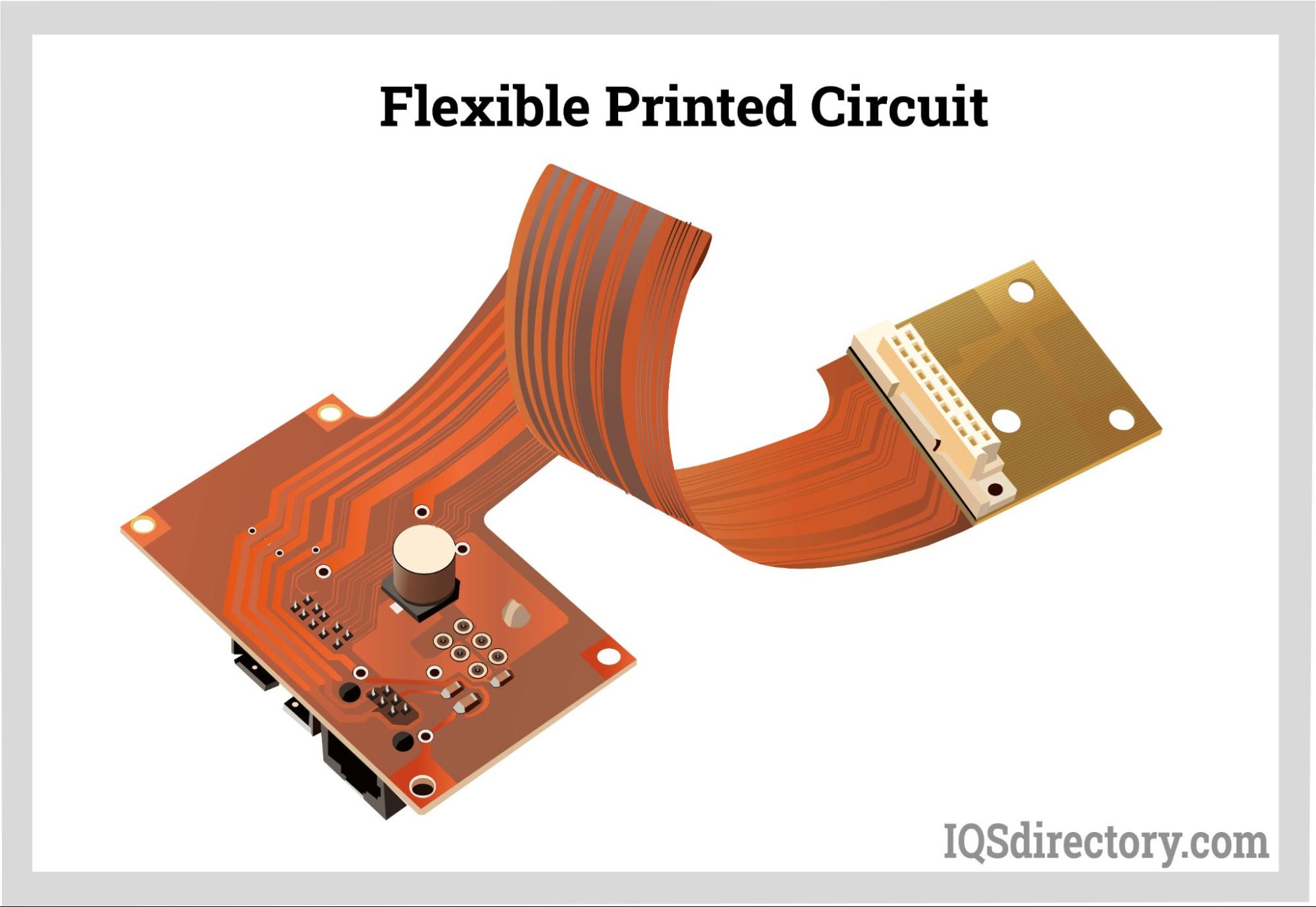
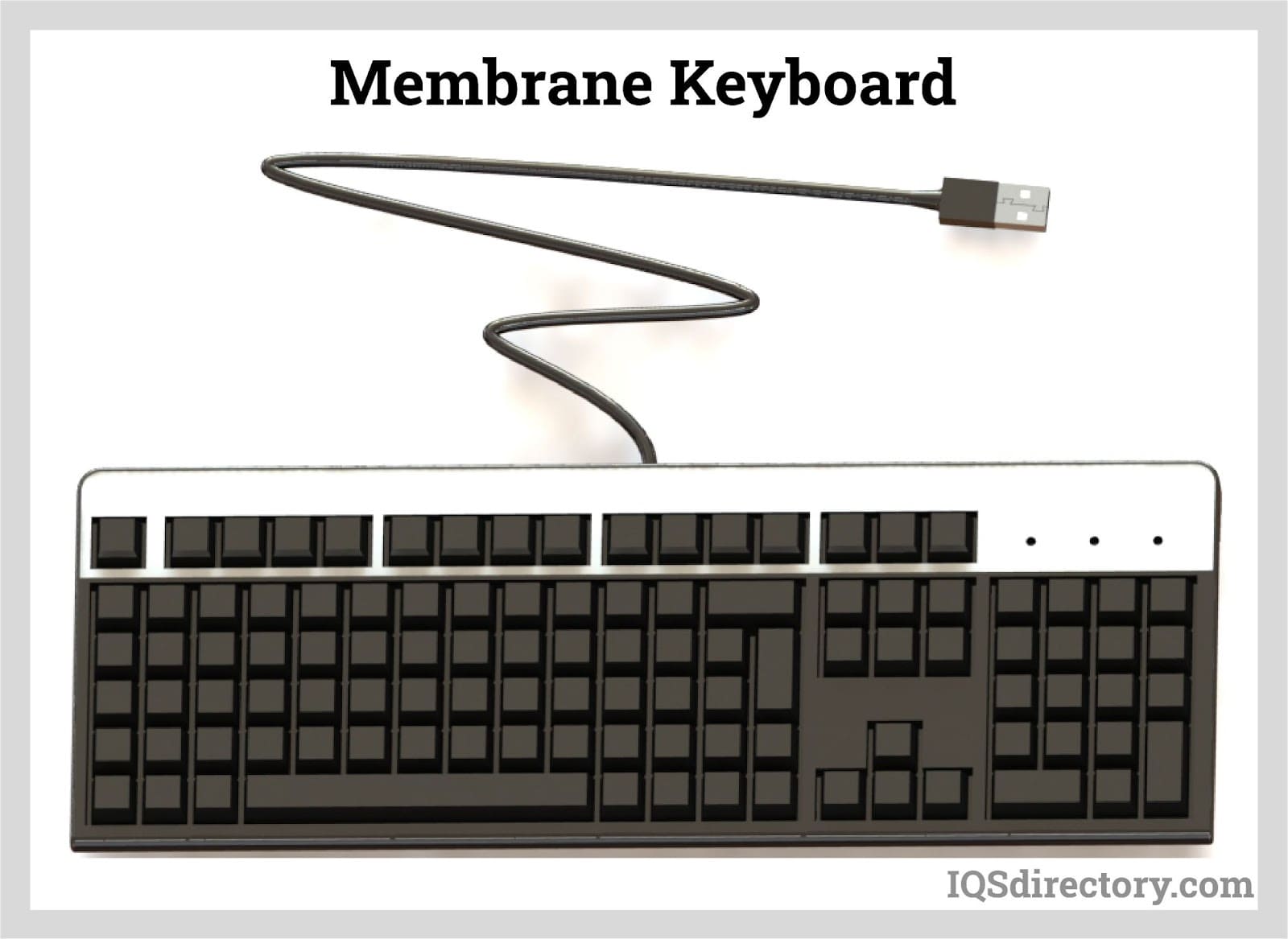
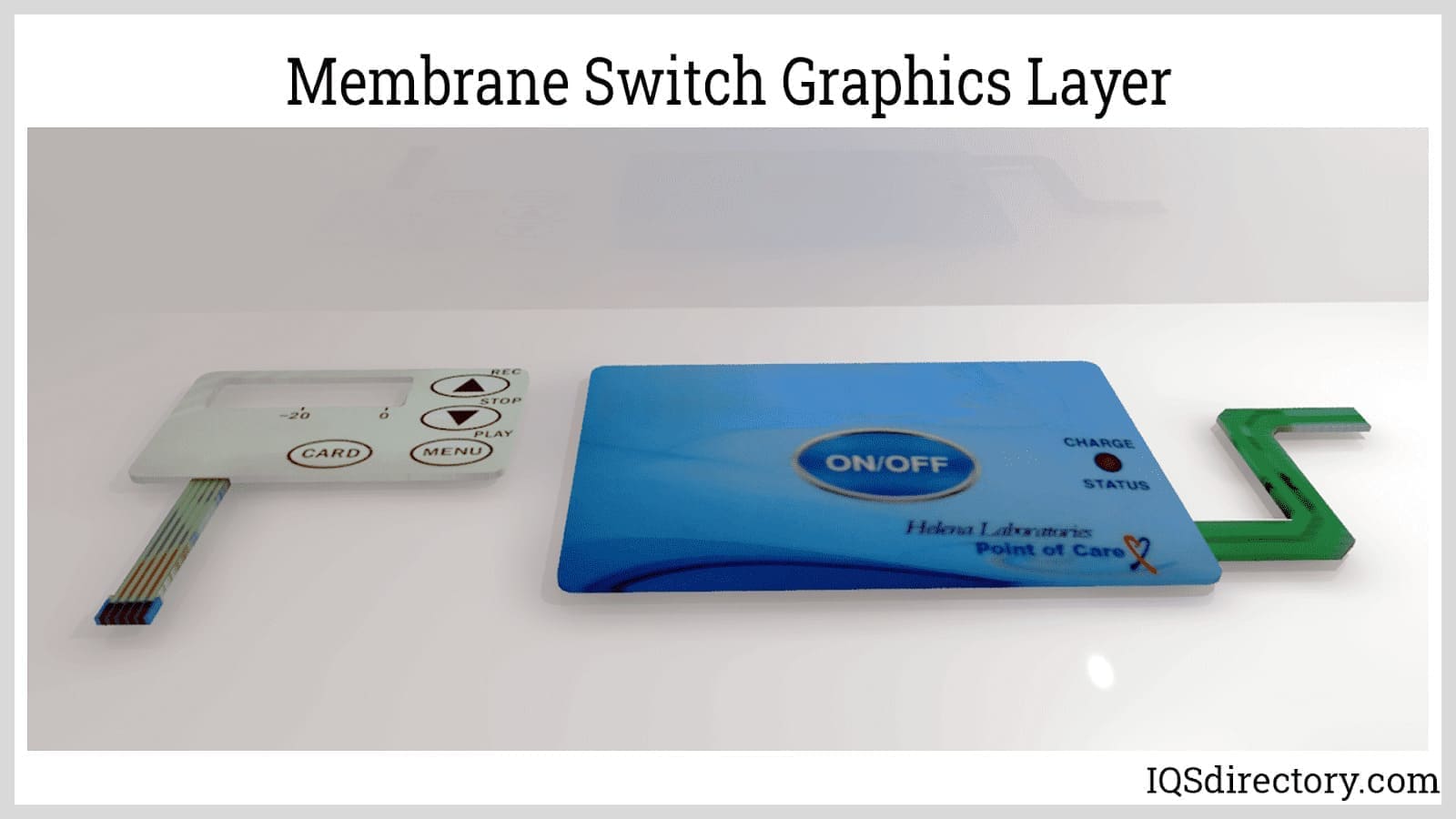
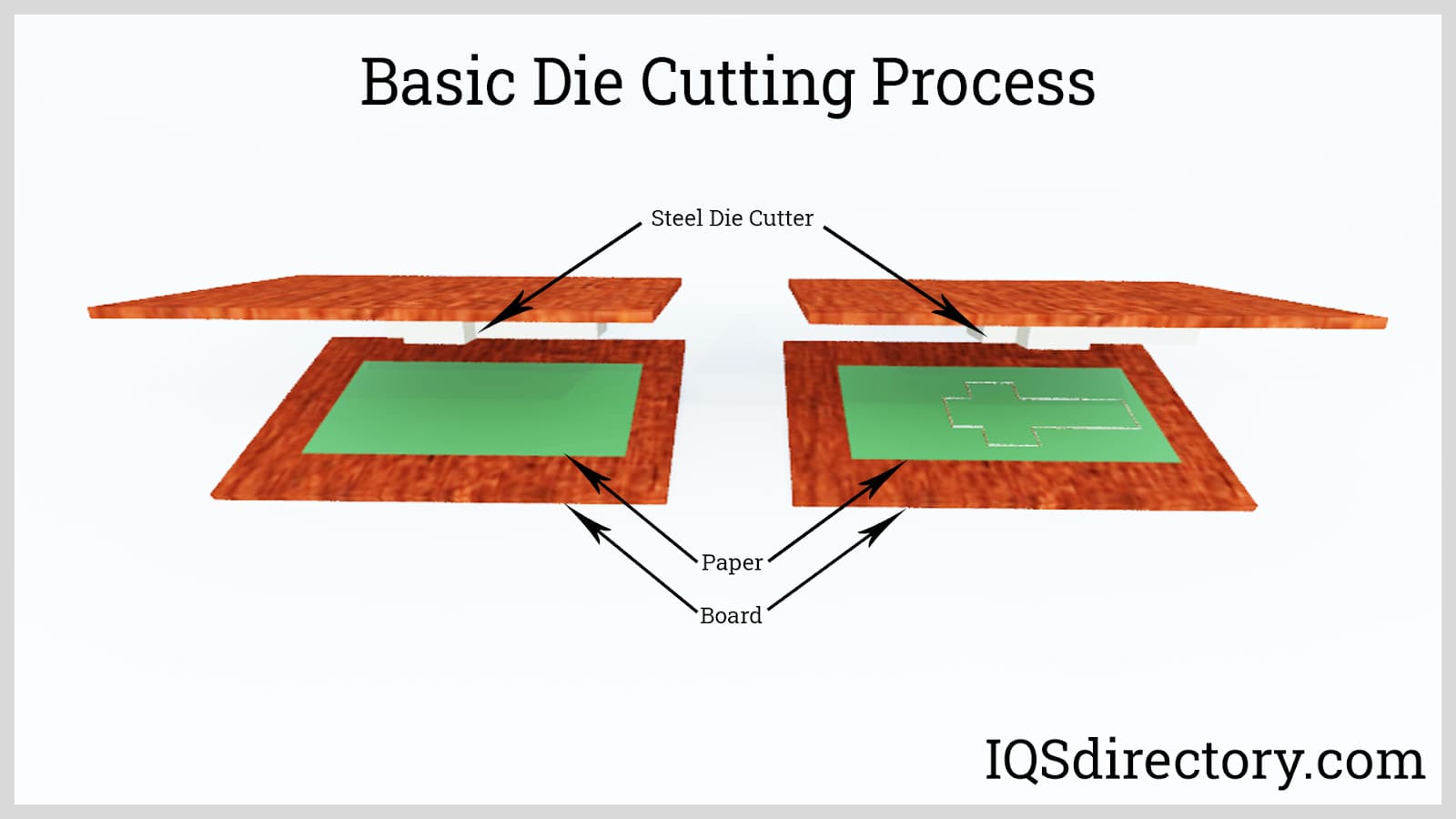
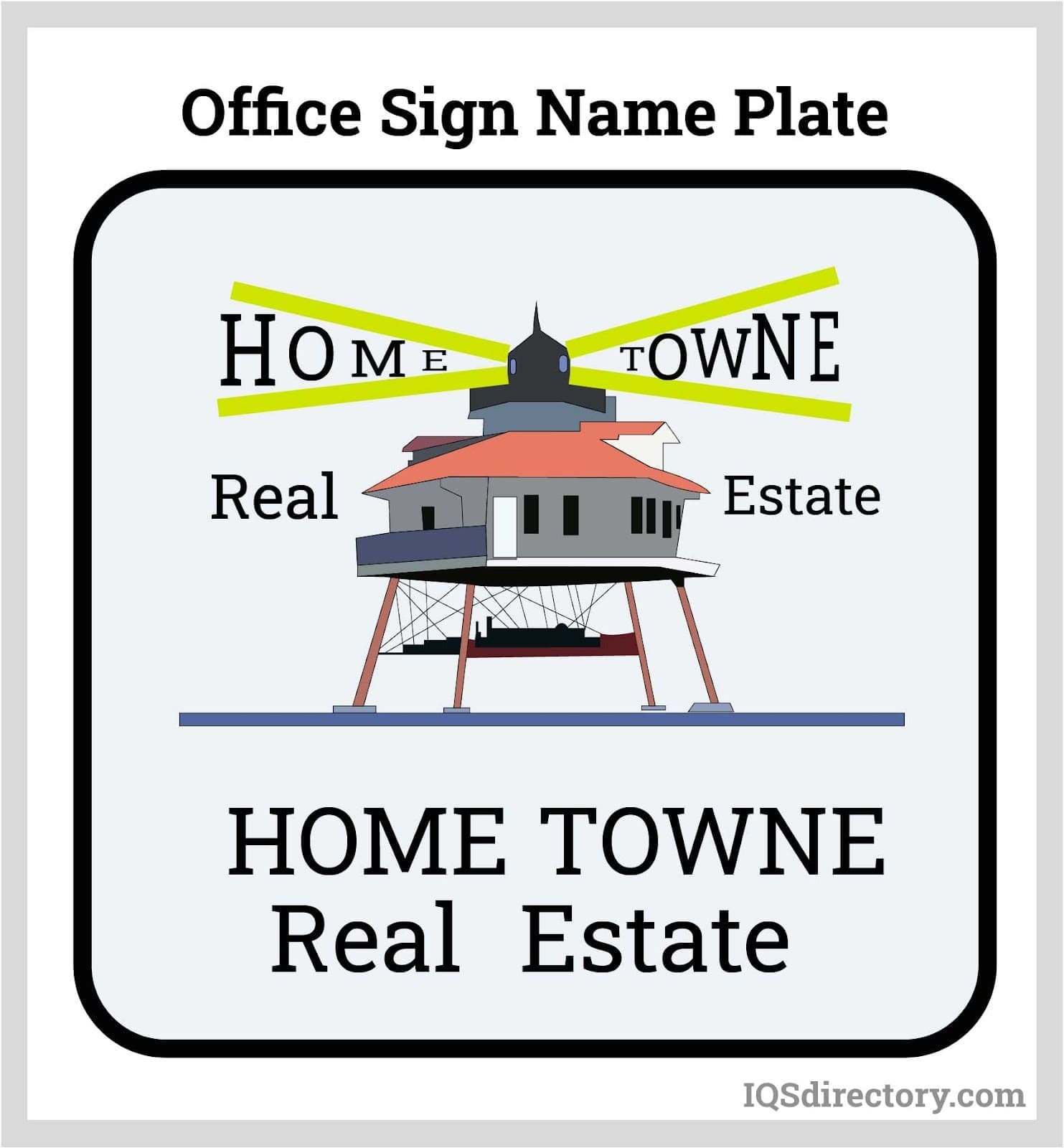
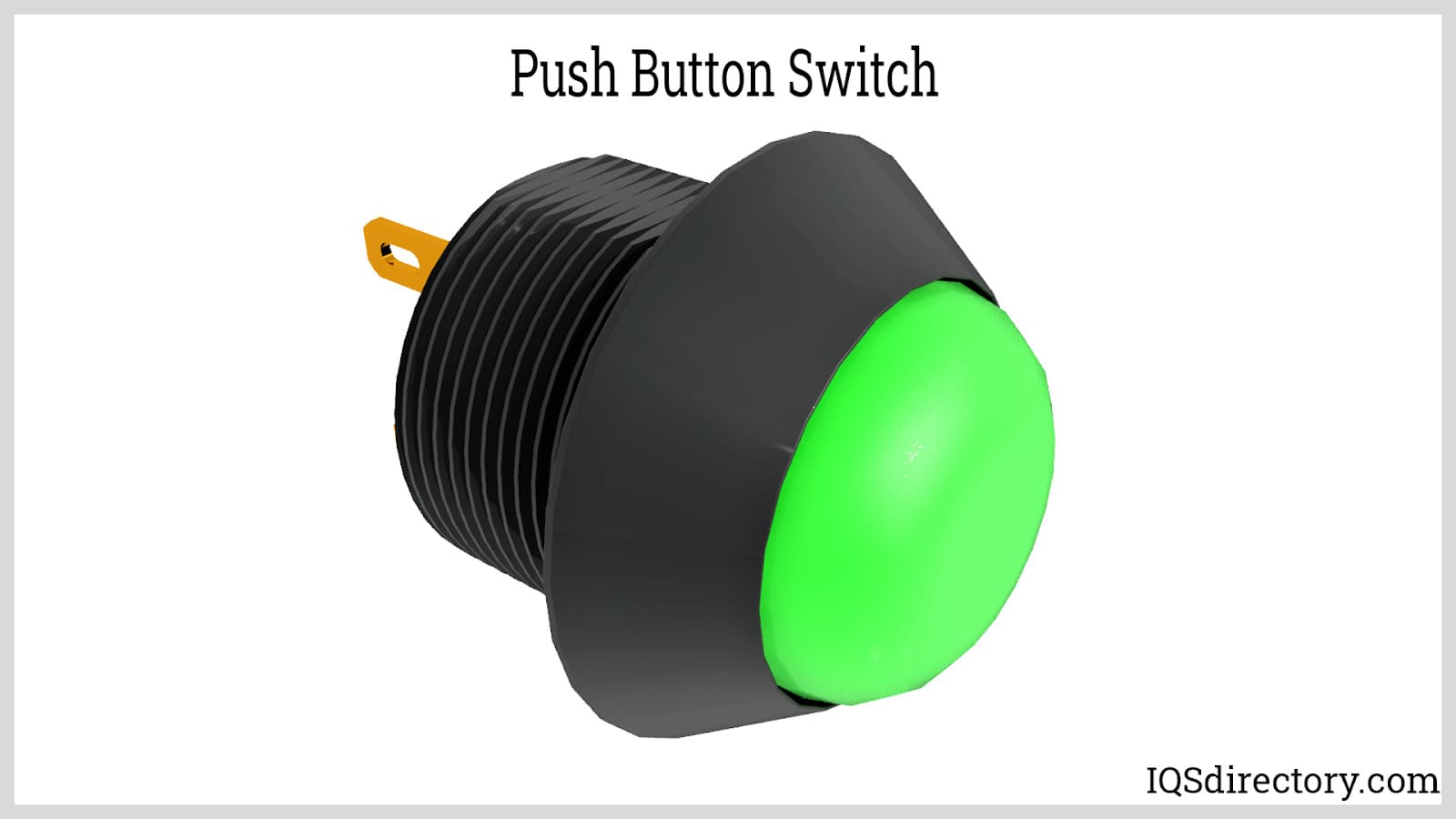
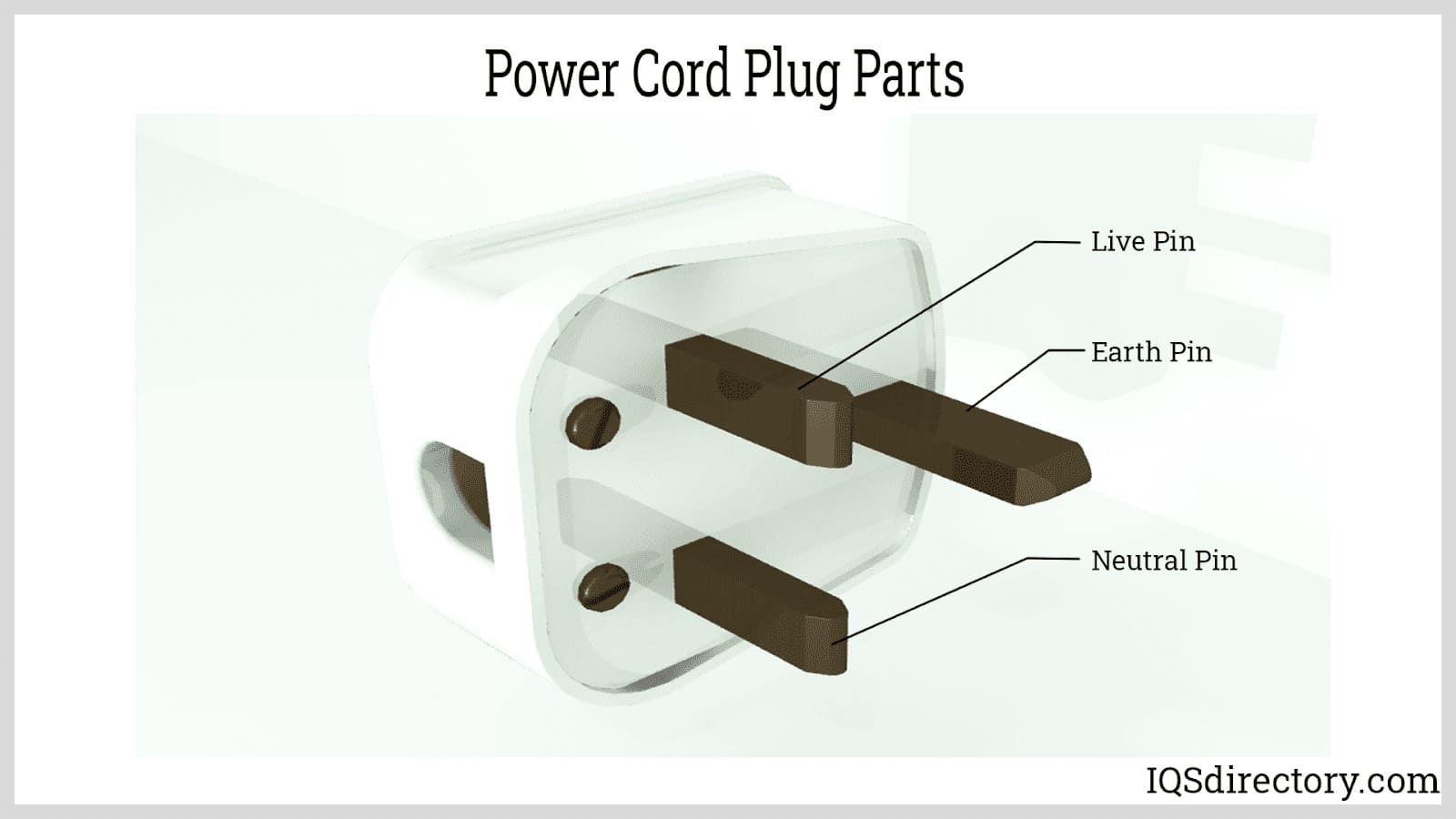
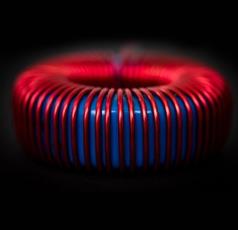 Electric Coils
Electric Coils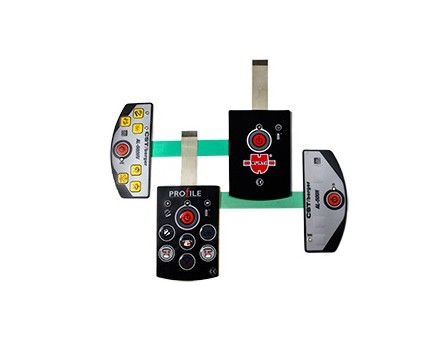 Electric Switches
Electric Switches Electric Transformers
Electric Transformers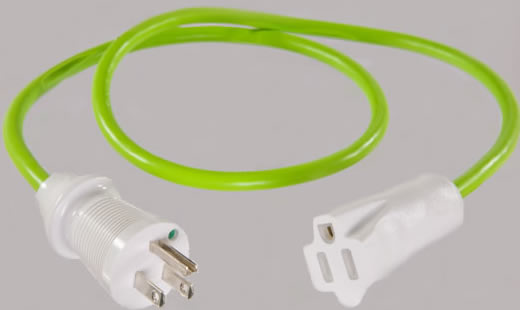 Electronic Connectors
Electronic Connectors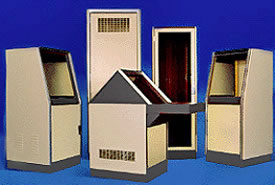 Electronic Enclosures
Electronic Enclosures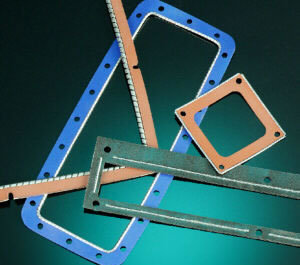 EMI Shielding
EMI Shielding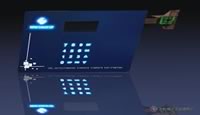 Membrane Switches
Membrane Switches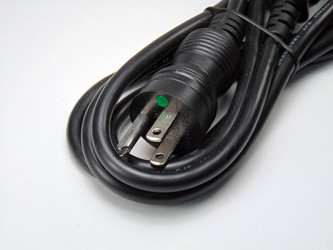 Power Cords
Power Cords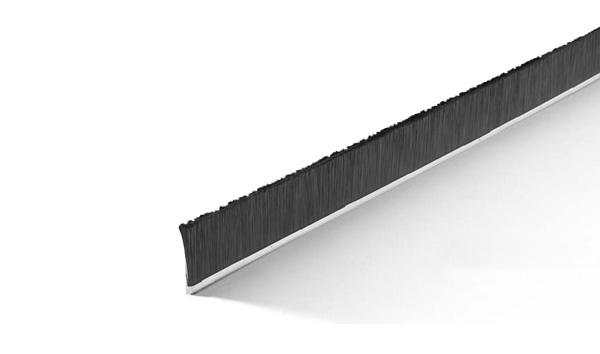 Static Eliminators
Static Eliminators Castings & Forgings
Castings & Forgings Bulk Material Handling
Bulk Material Handling Electrical & Electronic Components
Electrical & Electronic Components Flow Instrumentation
Flow Instrumentation Hardware
Hardware Material Handling Equipment
Material Handling Equipment Metal Cutting Services
Metal Cutting Services Metal Forming Services
Metal Forming Services Metal Suppliers
Metal Suppliers Motion Control Products
Motion Control Products Plant & Facility Equipment
Plant & Facility Equipment Plant & Facility Supplies
Plant & Facility Supplies Plastic Molding Processes
Plastic Molding Processes Pumps & Valves
Pumps & Valves Recycling Equipment
Recycling Equipment Rubber Products & Services
Rubber Products & Services